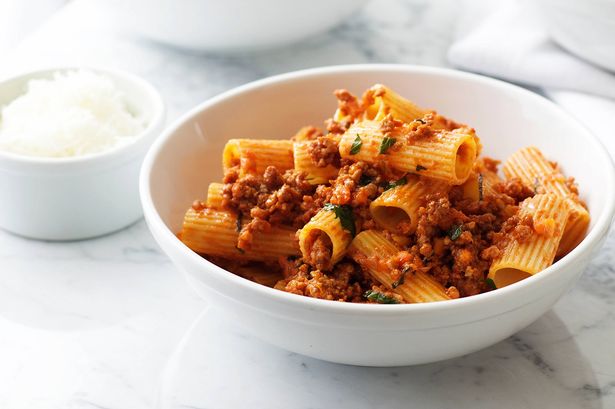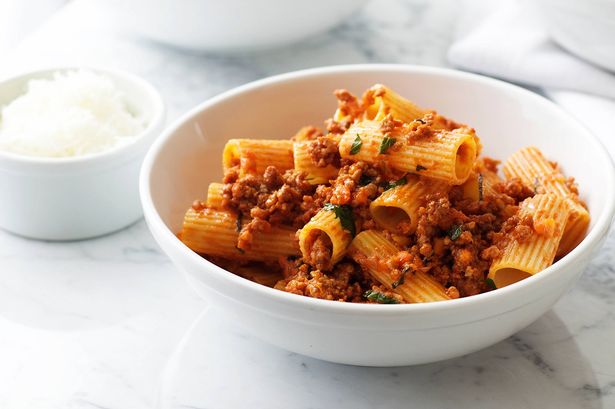Many of us love tucking into a bowl of pasta for lunch or dinner, but have you ever been confused about which shape is best to use? A chef explains the secrets behind each pasta
15:39, 05 Aug 2025

Diving into a scrumptious bowl of pasta is the ultimate comfort when you’re famished and craving something hearty. It’s an affordable and tasty dish that also happens to be perfect for leftovers. While classics like Bolognese and carbonara are go-to favourites, pasta’s versatility means you can pair it with pretty much anything. Yet, faced with supermarket aisles brimming with a dizzying array of pasta shapes, making a choice can be overwhelming.
Some may habitually reach for the same pasta shape, but a culinary expert has shed light on why there’s such a vast selection. To the surprise of many, each pasta shape serves a distinct purpose.
New Zealand-born chef Andy, who goes by Andy Cooks on social media and has honed his skills in some of the finest eateries globally, including those in London, recently imparted his wisdom about pasta.
Andy revealed: “Have you ever wondered why there are so many pasta shapes? Well, it’s not random. The Italians have basically invented a secret code where every shape is matched to a specific sauce.”
Let’s delve into the pasta shapes you ought to know….
Thin and long pasta
READ MORE: ‘I went to city with pretty canals, bikes and less tourists than Amsterdam or Venice’
Andy advises that spaghetti and angel hair pasta are ideally suited to lighter sauces. They blend seamlessly with combinations like garlic and olive oil or lemon and butter sauce.
“Or even Cacio e Pepe,” Andy added.
The seasoned chef pointed out that these sauces cling to the pasta strands uniformly. He observed: “If you have a heavy meat sauce on a pasta like this, you’re going to watch all that meat just fall straight off.”
Flat and wide pasta
This pasta category includes varieties such as fettucine, pappardelle, and tagliatelle. Andy suggests that these pasta shapes are perfectly suited for meaty sauces, creamy concoctions, and pestos.
He clarified: “All that extra surface area grips all the flavour. And generally speaking, the heavier the sauce, the wider the noodle.”
Twisted and tubular pasta
Consider pasta forms like fusilli, penne, and rigatoni. The latter two boast a convenient hole, ideal for trapping extra flavour.
Andy remarked: “Now, these pastas, they’re sauce magnets. The twists are great with the lighter sauces, and these tubes – they love the thick stuff.”
Final thoughts
Matching the pasta shape with the appropriate sauce can truly elevate your culinary creations.
Andy concluded: “Next time you’re in the shop and you need to buy some pasta, think about what sauce you’re having with it and what pasta you should match.”
The guidance was met with enthusiasm in the comments section, where people shared their reactions.
One individual commented: “This genuinely changes my life as somebody beginning their cooking journey.”
Another stated: “I love pasta, and this has encouraged me to explore more shapes…apart from spaghetti.”









